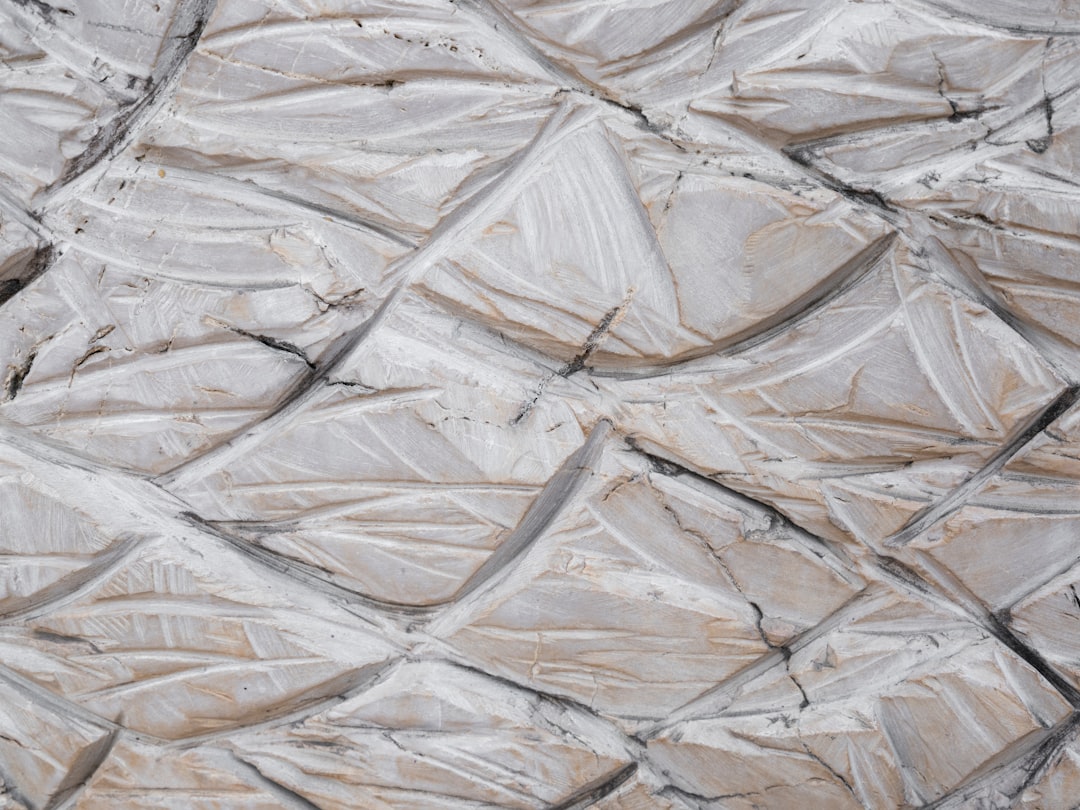
In Louisville, KY, selecting the right foam insulation is crucial for energy efficiency and cost savings. Current installation costs range from $650 to $1200 per opening, depending on the type and complexity. Understanding the options available can significantly impact your project's success.
• Expands up to 100 times for complete cavity fill
• R-value around 3.6 per inch—ideal for interior walls and sound control
• Lower material cost but requires a separate vapor barrier in Louisville's mixed-humid zone
• R-value 6.5–7 per inch offers high thermal resistance
• Acts as its own vapor and moisture barrier
• Adds structural rigidity—up to 250% shear strength improvement
• Higher upfront cost, with a 3- to 5-year energy payback for homes built after 1990
• Factory-made panels for consistent thickness
• Ideal for basement walls and continuous exterior insulation
• Combine with tape and furring strips for an air-sealed drainage plane
Jefferson County follows the Kentucky Residential Code, referencing the 2018 IECC. Above-grade wood-framed walls must achieve R-20 cavity or R-13 plus R-5 continuous. CountBricks dashboards flag assemblies that miss target R-values, allowing adjustments before permit submission.
Traditional methods involve hours of takeoff sheets and supplier calls. With CountBricks, upload plans or use mobile voice capture for an itemized insulation schedule in minutes.
1. Import PDF plans or start a live video walkthrough.
2. Speak natural language measurements—our AI converts square footage into board feet instantly.
3. Select insulation type from real-time Louisville supplier feeds.
4. Review auto-generated labor hours based on crew size and site conditions.
5. Export branded proposals, invoices, and purchase orders in one click.
• Condition the substrate between 60°F and 80°F for optimal foam expansion
• Keep relative humidity below 55% during curing
• Use infrared cameras to verify continuous coverage
• Schedule blower-door testing 24 hours after install
• Document depth with photo tags for future warranty claims
Switching from fiberglass batts to closed-cell foam can save $780 in first-year heating and cooling. With utility rebates, breakeven can drop to 2.8 years. Our AI report visualizes these savings for faster deal closures.
For foam insulation choices in Louisville KY, let CountBricks streamline the process. Visit CountBricks.com to schedule a demo or view past projects.

A 1920s brick bungalow in Louisville's Cherokee Triangle needed a comfort overhaul. The contractor used CountBricks for a fast, data-driven plan, balancing historic preservation with modern performance.
• CountBricks AI takeoff completed in 11 minutes from a single iPad site scan
• Hybrid strategy: 2 in closed-cell spray foam on exterior walls plus 1 in polyiso exterior sheathing
• Auto-generated a 14-page homeowner report comparing insulation assemblies and projected savings
• ACH50 dropped from 9.2 to 2.7—a 70% reduction in air leakage
• Annual energy costs forecast to fall by $1,020
• Contractor won a $3,000 local energy rebate with CountBricks documentation
• Pair closed-cell spray foam with rigid boards for vapor control and cost balance
• Use CountBricks infrared verification to catch voids before drywall
• Present side-by-side ROI visuals; CountBricks analytics increased homeowner approval rate by 28%
Whether tackling new builds or retrofits, CountBricks delivers clarity and confidence. Explore service packages at CountBricks.com.